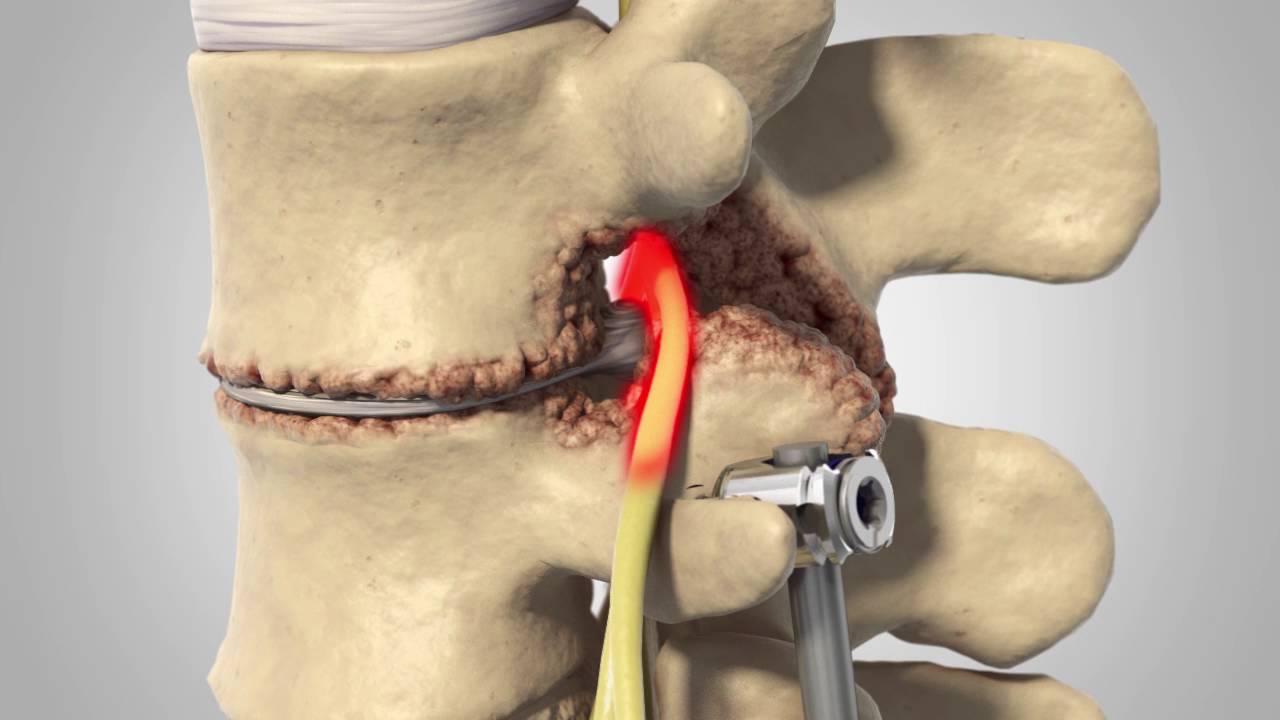Effect of Two Consecutive Spinal Manipulations in a Single Session on Myofascial Pain Pressure Sensitivity: A Randomized Controlled Trial
SOURCE: J Can Chiropr Assoc. 2016 (Jun); 60 (2): 137–145
Michelle A. Laframboise, BKin (Hons), DC, FRCCSS(C),
Howard Vernon, BA, DC, PhD, and
John Srbely, BSc, DC, PhD
Canadian Memorial Chiropractic College,
6100 Leslie Street,
Toronto, Canada;
Division of Graduate Studies,
Sports Sciences,
Canadian Memorial Chiropractic College.
OBJECTIVE: To investigate the summative effect of two consecutive spinal manipulative therapy (SMT) interventions within the same session on the pain pressure sensitivity of neurosegmentally linked myofascial tissues.
METHODS: 26 participants were recruited and assessed for the presence of a clinically identifiable myofascial trigger point in the right infraspinatus muscle. Participants were randomly assigned to test or control group. Test group received two consecutive real cervical SMT interventions to C5-C6 segment while controls received one real SMT followed by one validated sham SMT intervention to C5-C6 segment. Participants received the two consecutive SMT interventions 30 minutes apart. Pain pressure threshold (PPT) readings were recorded at pre-SMT1 and 5, 10, 15, 20 and 25 minutes post-SMT1 and post-SMT2. PPT readings were normalized to pre-SMT1 values and averaged.
RESULTS: Repeated measures ANOVA demonstrated a significant main effect of SMT intervention [F(1,24)=8.60, p<0.05] but not group [F(1.24)=0.01] (p=0.91). Post-hoc comparisons demonstrated a statistically significant (p<0.05) increase in SMT2 versus SMT1 (18%) in the test group but not in controls (4%) (p=0.82).
There are other articles like this @ our:
CONCLUSIONS: Two consecutive spinal manipulative therapy (SMT) interventions evoke significant decreases in mechanical pressure sensitivity (increased PPT) within neurosegmentally linked myofascial tissues. The antinociceptive effects of SMT may be summative and governed by a dose-response relationship in myofascial tissues.
KEYWORDS: chiropractic; myofascial pain; pressure thresholds; spinal manipulation
From the Full-Text Article:
Introduction
Chronic musculoskeletal diseases rank amongst the leading burdens of illness on the Canadian economy. [1] Myofascial pain (MPS) is the most common form of musculo-skeletal pain and is characterized by chronic regional pain associated with the clinical manifestation of myofascial trigger points (MTrP) within the affected muscles. [2] Its prevalence in the general Canadian population has been reported as high as 20% [3] and up to 85% [4] in the elderly (>65 years) population segment. MTrP are recognized as palpable hyperirritable nodules located within taut bands of skeletal muscle. [5] Given that the ratio of over-65 to under-65 population is expected to double in Canada by 2050 [6], chronic MPS is poised to become one of the greatest challenges to Canada’s health delivery system. For this reason, advancing cost-effective therapies for the management of MPS is important to the sustainability of our health delivery system.
Spinal manipulative therapy (SMT) is a cost-effective and commonly employed therapeutic modality used in the clinical setting for the treatment and management of chronic pain of myofascial origin. [7, 8] SMT is characterized by the application of a high-velocity, low amplitude manual thrust to the joints of the spine. Despite the widespread use of SMT in the rehabilitation setting, its physiologic mechanisms and dose-response effect in the treatment of myofascial pain are poorly understood.
A limited number of studies have been published addressing the dose-response physiologic effect(s) of SMT. A dose-dependent reduction in the frequency and intensity of cervicogenic headache has been reported with SMT for up to 8 treatments. [9] Similarly, increasing the frequency of chiropractic treatments from one to four sessions per week over a four week period has also been shown to reduce pain and disability outcomes in a dose-dependent manner within a chronic low back pain population. [10]
Read the rest of this Full Text article now!



Leave A Comment